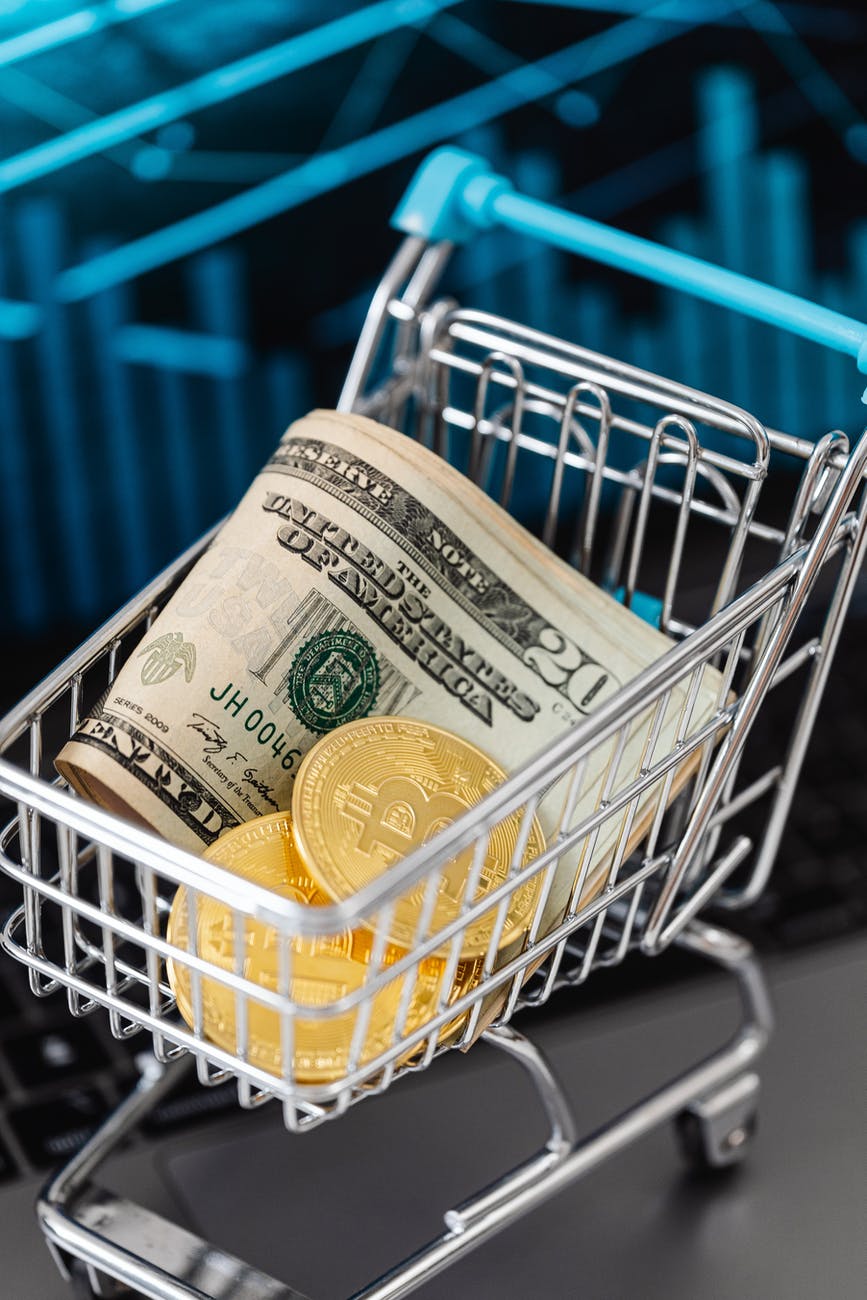I’ve always been a numbers nerd and a personal finance person. I studied accounting in college (sorry, I can’t do your taxes). I “get” money, investing, returns, and all that jazz.
As a businessperson, you probably grasp it as well. And if you think you don’t, trust me:
You at least grasp it marginally better than the average non-businessperson. You have to. Otherwise, you probably would not be in business anymore.
So today, I want to talk about a key mindset shift that’ll help you make more money and make your customers fiercely loyal to your brand.
But first, let’s talk about your most important asset.
The Asset That Keeps On Giving
Your most important asset?
Well, your customers.
Ok, that sounds like generic business advice, but let me try to give a, sort of, “accounting/finance” explanation of it.
You see, you spend — or, invest, rather — resources to get customers. That might be spending your time writing blog posts to enhance SEO, paying for paid traffic, and so on.
Once you get that customer, they are, for financial intents and purposes, a revenue-generating asset. They offer a return on all that work.
And here’s why that’s important:
You want to invest in assets that continually earn you great returns, right?
Well, if your customer is your greatest asset…
Then you want to invest in your customer…
And I’m not talking about putting money into ads to get more customers.
I mean focusing on helping them grow. Helping them solve their problems.
When you shift to this mindset of helping the customer succeed, it helps you develop innovative and profitable new offers, marketing angles, and more.
This is clearest if you sell a business opportunity type of product. You design offers that can help them make more money and write copy that guides them towards those offers…
They make money…
And they reward that with more money and loyalty down the road. (And maybe referrals, too).
Or, in other words, the returns you earn by investing in this person is a higher customer lifetime value.
I mean, if you sell fitness routines, investing in your customer might look like offering custom exercise routine design after they purchase a lower-level offer, like a book.
You’re still investing in your customer, and you earn a return in terms of loyalty and more potential future dollars when they succeed.
Conclusion
Alright, this one’s a bit shorter. This was mostly an idea I had that I felt compelled to communicate to anyone who might visit my site. Makes for a good email, so I may revisit this topic in the future.
But yeah: if you invest in your customers by creating things that help them improve whatever they seek to improve (within the confines of your business), you’ll earn a great return on that asset.
If you want some help investing in more of your customers by getting your offers into their hands, I’m right here.
